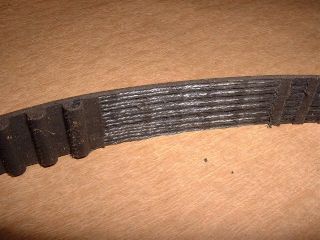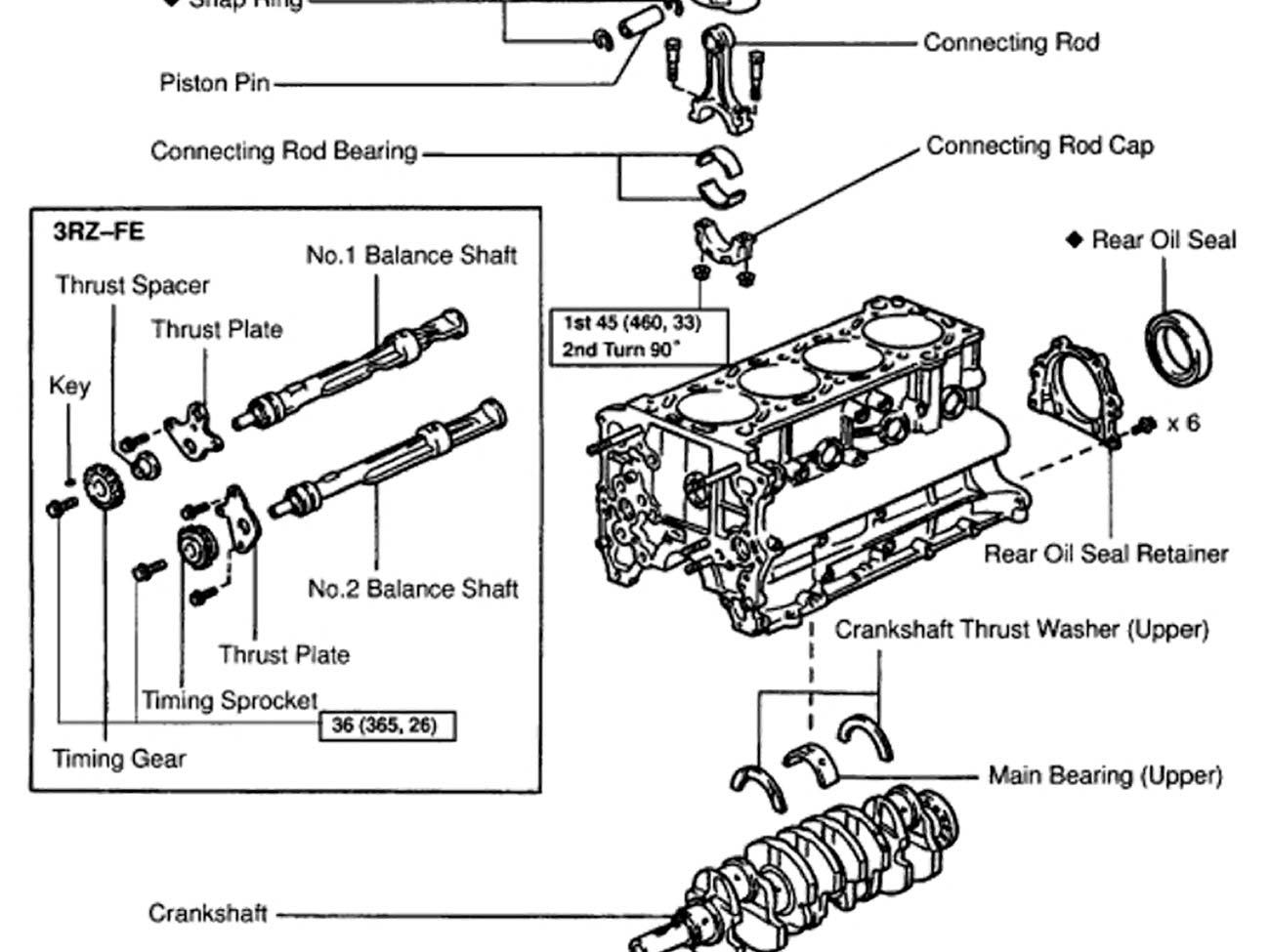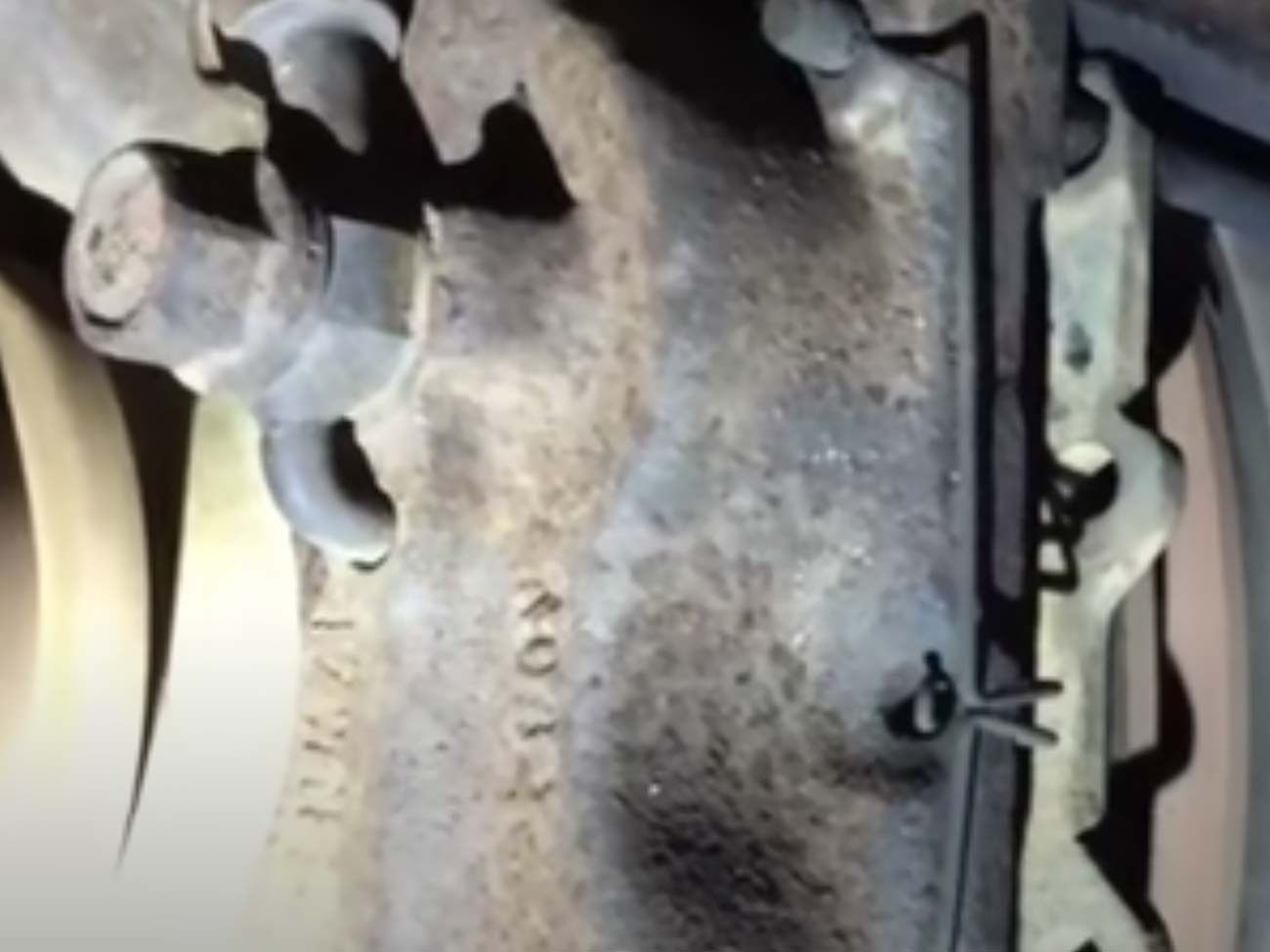This post will explain why you need to replace your timing belt (if your engine uses one for cam timing), why it is not very cheap to do, and why it can be horrendously expensive if you don’t.
Timing belts have been used for the last 40 or so years on 4 stroke internal combustion engines to control cam timing. . Both gear driven timing, and timing chain systems are still used but the timing belt is cheaper to design and manufacture, and allows more flexibility in engine design. Both timing chains and gears are extremely reliable and last a very long time compared to timing belts, and as such, have no recommended interval of replacement. The job of the timing belt, gears, or chain is to keep the pistons in sync, or in “time” with the valves.

Four stroke (intake, compression, power, exhaust) engines need a timing system to open and close valves at the appropriate time for maximum efficiency of fuel combustion. In other words, the engine needs to breathe well. An engine is basically a pump; it takes in air and fuel, pumps the mixture into a tight little package, ignites the package, and expels the mixture. The intake valve should open when the piston is approximately at the top of its travel so it can suck in the air/fuel mixture. The intake valve will then need to close so the air/fuel mix can be compressed (the more compression that happens, the more power the engine will make). The piston is roughly at the top of its travel when the spark plug ignites the charge and forces the piston back down, creating the power stroke. All the used-up air/fuel charge is now pushed back out by the piston returning up, out of the open exhaust valve as mostly CO2 and water vapor.
This is a pretty basic explanation, but the art of engine building and tuning really does come down to Valve Timing and Lift. Virtually every major vehicle manufacturer employs some sort of Variable Valve Lift and/or Timing, which is then called under marketing terms like V-Tech, VVT VVTi, etc. These systems are complicated and controlled by the engine computer to maximize fuel efficiency and power.
Here is pretty good example:
Some vehicles had engines that were designed in such a way that the intake or exhaust valve had enough lift to protrude into the combustion chamber as far as the piston’s range of travel. All Japanese cars and trucks have at least one model that did this, and this type of design is called an Interference engine. This means that if the valve doesn’t close when it should, it will interfere with the piston’s upward travel. Since the piston is moving very,very fast and is way stronger than the valve, the valve will be bent or broken if it contacts the piston, causing expensive and possibly irreparable engine damage. If the engine in a late model Japanese car or truck needs to be replaced, it may exceed the value of the car!!! The last time we priced an engine replacement on a Toyota Tundra (without VVTi) it was going to be at least $6000 to install a used engine!!!

This is a cylinder head from a Nissan Pathfinder that had piston-valve contact. The head of the exhaust valve broke off after piston contact and smashed into the cylinder head combustion chamber multiple times destroying it and the piston in the process. The vehicle owner took great care of his truck, but an oil leak that developed un-seen behind the timing belt at 350,000 (!!) miles contaminated the belt and weakened it to the point of breakage at roughly 40MPH.

Timing belts, while cheap and easy to manufacture, are not durable, at least compared to their steel counter-parts, the chain and gear. Timing belts are made of a nitrile rubber that is resistant, but not impervious to oil contamination. If engine oil gets on the belt from any oil leak, even once, it will slowly degrade the rubber compound and weaken the”teeth” of the belt to the point that they fall off the belt and can no longer engage the gear of the cam or crank sprocket, which leads to belts breaking or slipping-out-of-time, causing engine damage.

So now you know why timing belts are important but why are they so expensive to have replaced? The answer is that they are usually labor intensive, and a lot of other things get replaced at the same time. If you have a Japanese vehicle with a timing belt, it is almost certain that the water pump is behind the timing cover. In our opinion it would be foolish not to replace the water pump while replacing the timing belt since there is so much duplicated labor and the pumps rarely live past the first timing belt interval.

There are also guide and tension bearings that route and tension the belt, and they also should be replaced to avoid the duplicated labor. Add to this the cost of engine oil seals, drive belts for the alternator, power steering, and air conditioning, as well as coolant, and things start to add up in a hurry.
Vehicle manufacturers are always trying to one-up each other with their cost to own and maintain their cars and trucks. It used to be that 60,000 miles was the industry standard, then 90,000. Honda recommends 105,000 or more for most of its fleet. From what we have seen, most Toyota and Honda timing belts are about to break without engine oil contamination at the 130,000 mile mark. In our opinion, the manufacturers seem to have taken into account the likelihood of contamination to the belt from oil and suggested a conservative approach, and one that offers some wiggle room.
Most timing belt jobs at our shop fall between $600 and $1200, but we strive to give you the most accurate WORST CASE SCENARIO we can, so you don’t get the typical “It’s $300, but while we are in there we should replace…..” quote, or worse, a phone call when the engine has been taken apart asking for another $600. We respect our customers way to much to do that.
So, while a timing belt job is expensive, it is worth the piece of mind to know that it was done to avoid possible engine de$truction, a hefty tow fee, a road trip stranded, or worse yet; not being to escape a zombie apocalypse.




